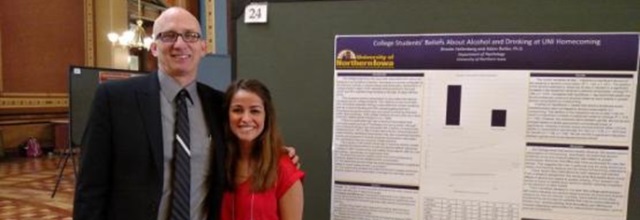Honors Program Theses
Award/Availability
Open Access Honors Program Thesis
First Advisor
Aaron Wilson
Keywords
Self-portraits, American; Serigraphy;
Abstract
Historically, human beings have always been interested in documenting themselves and the world around them. Early humans left hand prints on cave walls, marking their presence for the future; royalty throughout history have commissioned portraits of themselves to leave their immortal mark on the world; Polaroid pictures and letters kept in parents’ closets record the earlier days of their lives. Today, humans document their daily lives digitally through social media platforms like Snapchat and Facebook. Images posted to these sites pervade our lives: they are constant, everywhere, and range from photographs of meals to quick snapshot self-portraits – “selfies” – and serve to feed the human need to record and document themselves.
As both an artist and biologist, my artwork has always attempted to combine both art and science, examining the natural world in a way that creates meaningful connections with the viewer. Homo humanus began as a single edition of prints in fall of 2015, created from one of my own Snapchat selfies. Nicknamed the “Selfie Project,” it was my first attempt to mesh portraiture and microbiology. Over the following semesters, I continued to create editions of selfie prints, and it soon became clear that these pieces were actually part of a much larger work, one that was finally combining both of my worlds in a meaningful way. The desire to grow this collection and bring both science and art together was the impetus behind completion of Homo humanus.
Homo humanus is an installation of screen-printed self-portraits that aims to draw a parallel between the ever-present, easily accessible selfie and nature’s most ubiquitous of creatures: bacteria. The name “Homo humanus” is a play on binomial nomenclature used in taxonomy to categorize organisms. The piece takes the form of 2 an installation, comprised of individual prints that come together to make one large piece and is hung in a way that echoes the shape of bacterial colonies growing in a petri dish. The ultimate goal of Homo humanus is to overwhelm the viewer in terms of size and number, while also creating a body of work that is both visually pleasing and thought provoking and remains personally relevant to myself as an artist and scientist.
Year of Submission
2017
Department
Department of Art
University Honors Designation
A thesis submitted in partial fulfillment of the requirements for the designation University Honors
Date Original
2017
Object Description
1 PDF file (16 pages)
Copyright
©2017 - Ashley Elizabeth Jones
Language
EN
File Format
application/pdf
Recommended Citation
Jones, Ashley Elizabeth, "Homo humanus: An installation investigating the omnipresence of self-documentation" (2017). Honors Program Theses. 282.
https://scholarworks.uni.edu/hpt/282



